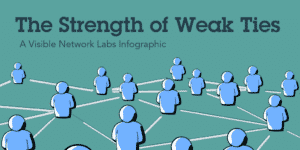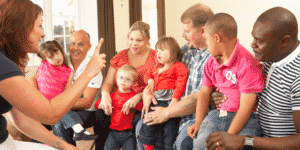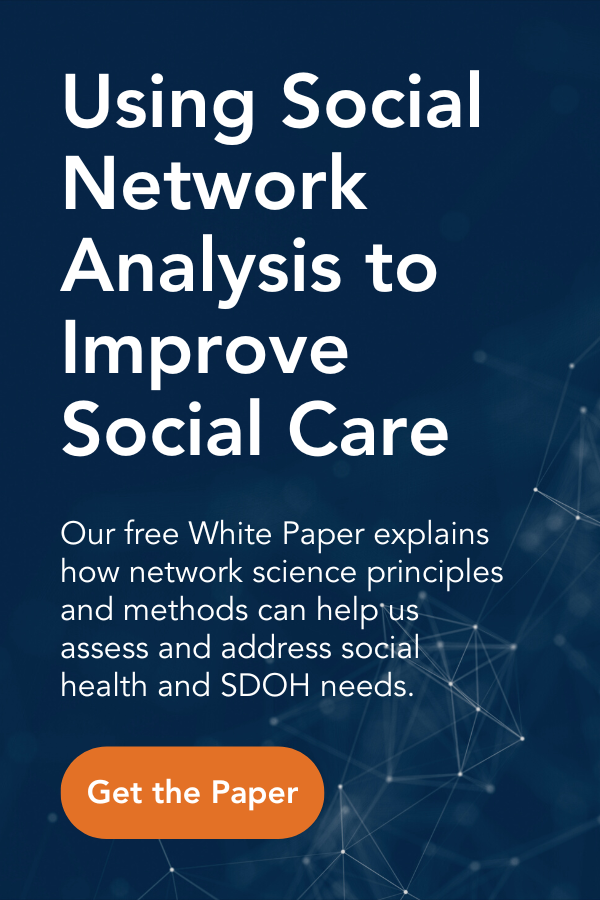
Social Isolation and Anxiety: What’s the Connection?
Social isolation is a serious condition that causes a range of negative impacts on health and well-being. For example, studies have found that being isolated from others is comparable to smoking 20 cigarettes a day. However, it also impacts our mental and behavioral health. Specifically, there is a significant link between social isolation, loneliness, and anxiety. People who are isolated or lonely are far more likely to report they are anxious, especially in social situations. Here’s an in-depth exploration of the link between social isolation, loneliness, and anxiety, along with some ideas for addressing both conditions.
What is Social Isolation? What is Anxiety?
All of these terms get used in many different contexts. When we use the term social isolation, we refer to an objective lack of connectedness to other people in your lives. While loneliness is a similar phenomenon, it is subjective, meaning it depends on how the person feels rather than whether they are actually connected to others. Someone could be isolated, but not feel lonely – or vice versa. Anxiety refers to intense, excessive, and persistent worry and fear about everyday situations. They could be related to performance, social interaction, or something else entirely.
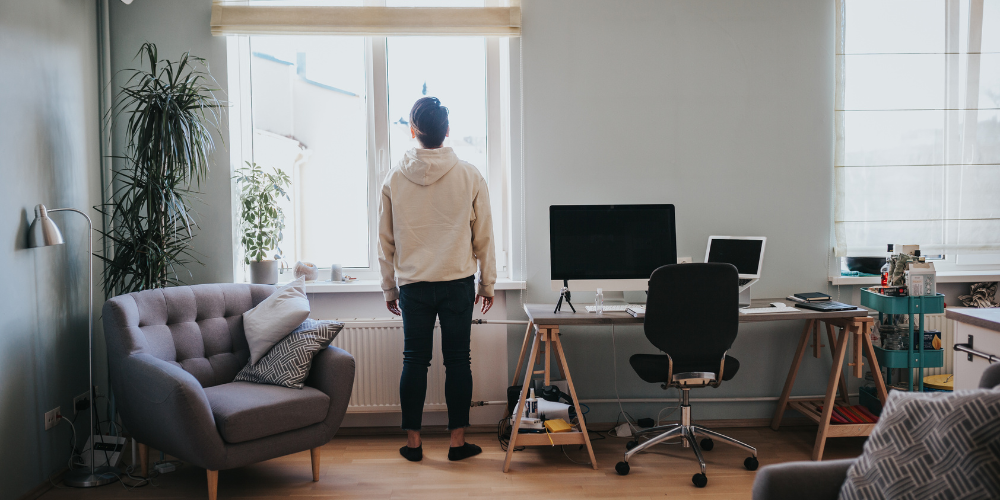
How Are Social Isolation and Anxiety Connected?
Many studies demonstrate that social isolation and social anxiety are closely linked concepts. For example, a recent study on older adults found a strong negative correlation between their loneliness and their level of anxiety. Another study on children came to the same conclusion: It is probable that increased isolation results in increased levels of anxiety. So what is behind this pattern? Does social isolation cause anxiety? Or is it anxiety that causes us to become more isolated and lonely?
Social Isolation and Anxiety are a Two Way Street
In truth, it is likely that both things are true. People who experience significant social anxiety commonly withdraw from social situations to reduce their stress. However, over time this can make their anxiety even worse, which only makes them more isolated. Similarly, someone who becomes isolated has fewer social interactions with others. This means they may be slightly more anxious than normal when they next engage with others, further isolating them in the long run. In a worst-case scenario, social isolation and your anxieties begin to act as a cycle, leading people into deeper isolation and anxiety as the feedback loop continues.
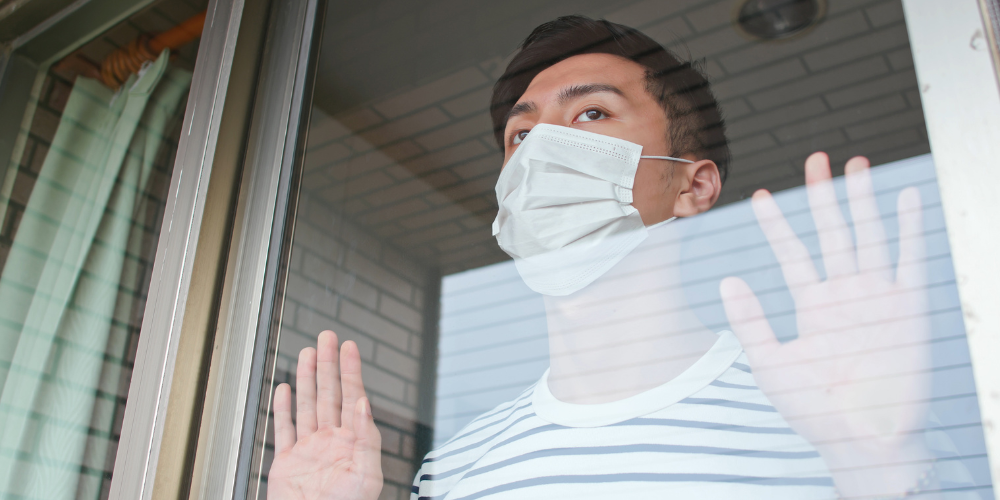
Breaking the Cycle of Social Isolation and Anxiety
Helping someone who is experiencing both social isolation and some degree of anxiety is not an easy task. First, you need to identify those at risk or in need of support. Then you have to craft a care plan that addresses their unique situation. Here’s a breakdown of both key tasks.
First, Identify Those At Risk of Social Isolation or Anxiety
Anyone who has experienced crippling anxiety knows that it is not easy to address. Often times it can be difficult to nail down a root cause or identify what works. From a provider perspective, there are two key steps that need to occur. First, the provider needs to be aware that their client or patient is experiencing social isolation or social anxiety. Here at Visible Network Labs we are working with several mental health and primary care centers to screen for isolation, anxiety, depression, and other social needs, using PARTNERme. This provides data and visibility into patient support networks to identify those in need of extra social support.

Second, Address Their Social Isolation and Anxiety with a Personalized Care Plan
Once you have identified them, you can begin to assemble a care plan that uses the right approach for each individual. This will depend a lot on their specific circumstances and needs. For example, those with diagnosed anxiety disorders need a mix of therapy, support, and potentially medication to get their condition under control before addressing their isolation. Alternatively, those who recently lost a spouse, returned from the military, or otherwise lack support may need a focus on developing new circles of support through peer-groups and community-building programs.
Whatever the Approach, Trust is Key
Regardless of whether you work to first address social isolation or anxiety, the key is taking time to build a proper relationship, addressing the individual’s strengths as well as their needs, to build trust and improve outcomes. One way to do this is using PARTNERme to map out a patient’s support network and sources of help. This helps both the individual and their care provider identify existing sources of support, acknowledge the ways they are helping themselves, and leverage their network in their care.
Research on Social Isolation, Loneliness, Stress, and Anxiety
Looking for more information on the link between social isolation, loneliness, and anxiety? There are a number of great articles and studies exploring the connection between these two conditions. Here are a selection of papers that we found helpful while writing this article.
- Associations of Social Isolation with Anxiety and Depression During the Early COVID-19 Pandemic: A Survey of Older Adults in London, UK
- Anxiety, Fear, and Social Isolation: A Study
- The role of social isolation in social anxiety disorder: A systematic review and meta-analysis
- Depression, Anxiety, Stress and Social Isolation in Hepatitis Patients
- Social Isolation and Anxiety Disorder During the COVID-19 Pandemic and Lockdown in China
- The relationship between social isolation and anxiety in people with cognitive impairment in the United States
Social Isolation and Anxiety: Now You Know
As you can see, the relationship between isolation and anxiety is strong but complicated. For some people, especially those with anxiety disorders, anxiety is the root cause that leads them to become isolated. For others, especially lonely individuals, isolation is what leads them to become anxious. The key is identifying those who are socially isolated and anxious and determining which condition to tackle first. Using a tool like PARTNERme to understand both a person’s needs and strengths is sure to build trust and lead to a better outcome for both the patient and provider. Do you have an experience with social isolation, loneliness, and anxiety you want to tell us about? Leave a comment below to share it with the VNL community.
Be sure to stay tuned to our Visible Us Blog for more product updates and VNL Team content!
About the Author: Will Jacobson
Will Jacobson is the Business Development Representative on VNL’s Marketing and Communications Team. Originally from New York City, Will loves living in Colorado and all the outdoor life it has to offer. He’s also a pretty big foodie!
|
|
Thank you for Signing Up |

More Social Care Resources

